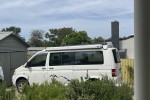Fire alarm rules every resident should know when moving house

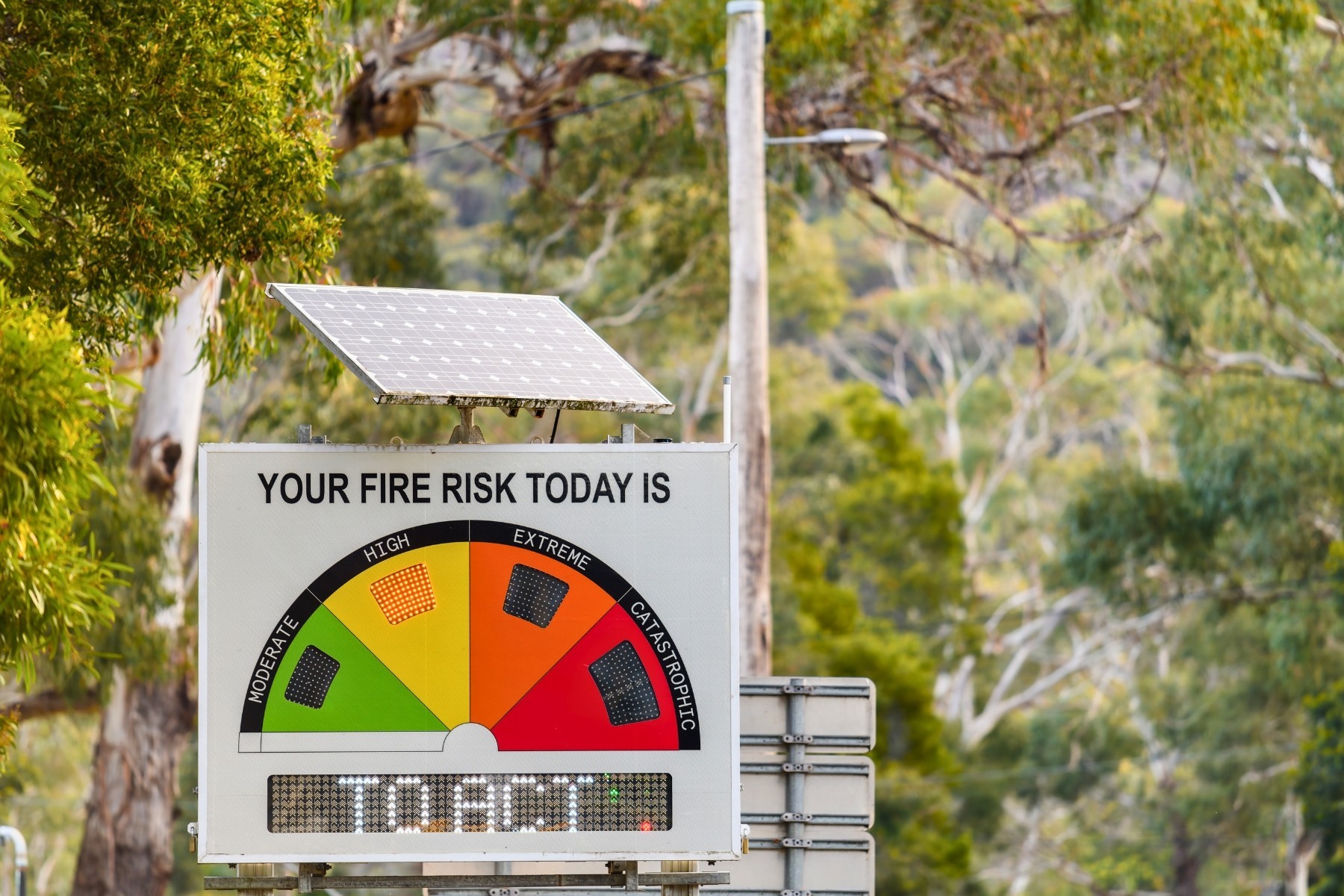
When you're about to move home in Australia, the smoke alarm and fire-safety details are not just optional extras. They’re legal compliance issues that can’t be overlooked.
Each state and territory has its own set of rules for the type, placement and maintenance of smoke alarms in the home. Whether you’re buying, selling or renting, you’re required to ensure that the property meets current standards before settlement or tenancy begins.
But don’t worry, all it takes is a few simple checks and installations and you’re covered. In this guide, we’re breaking down the exact steps depending on what part of Australia you’re moving to or from.
What are the different types of smoke alarms?
Not all smoke alarms are created equal. In some states, there are strict rules around which smoke alarms are considered compliant. Here are the most common types of smoke alarms used in Australia.
- Photoelectric (optical): Best for smouldering fires and the type most government bodies prefer.
- Ionisation: Reacts quickly to flaming fires, but not as effectively for slow, smouldering ones.
- Hardwired/mains powered: Connected to your home’s electricity, usually with a backup battery.
- Battery powered: Can be the standard replaceable type or a 10-year sealed battery unit.
- Interconnected: If one alarm goes off, they all sound.
The national fire and smoke alarm rules you need to know
Before we get into the breakdown by state and territory, here’s the national standard when it comes to smoke alarms and fire safety in Australian homes:
- AS 3786-2014 sets the manufacturing standard for the quality of all smoke alarms. Check out the ABLIS if you’re interested in a more technical read on this standard.
- The National Construction Code (NCC) covers where and how alarms must be installed in homes.
- Alarms must be powered from mains electricity if available. If there’s more than one alarm, they usually need to be interconnected.
- Location rules. Smoke alarms must be installed outside bedrooms, in hallways or corridors, and on every storey of the home, even if the level only contains a laundry, garage, or bathroom.
These rules cover most houses, but some places, like boarding houses or apartments, might have different systems.
Smoke alarm requirements New South Wales (NSW)
For homeowners
In NSW, smoke alarms are required on every level of your home. This includes houses you live in yourself, rental properties, caravans, campervans, or any other place where people sleep.
If you’re buying your first property, it’s worth reading our guide to buying your first home for more insight into what to check before and after settlement.
For tenants
Your landlord has to make sure your home meets the minimum rules, which means at least one working smoke alarm on each level.
Once you move in, if the alarms are battery-operated, it’s your job to replace the battery when needed. For hardwired alarms, the landlord takes care of the backup battery.
If you can’t physically change a battery yourself, just let your landlord know as soon as you can.
If you’re renting, it’s worth checking out our guide on renting in Australia for more tips on your responsibilities when moving between properties.
For caravans and motorhomes
Smoke alarms are even more important in vans, where escape options are limited. NSW law states that there must be at least one alarm where you sleep, and one in the annexe (if there is one). These alarms should have a “hush” button, so you can silence them for 10 minutes if needed.
View more info on NSW smoke alarm requirements
Smoke alarm requirements in Queensland (QLD)
Queensland has some of the strictest smoke alarm laws in Australia. Here’s what you need to know if you are moving house, renting, or selling a property.
Compliance requirements
To be compliant in QLD, smoke alarms must:
- Be photoelectric (ionisation alarms are not allowed).
- Be interconnected so that when one alarm goes off, they all sound together.
- Comply with Standard AS3786-2014, which should be marked on the alarm. You may need to remove the alarm from its bracket to check the marking.
- Be hardwired into the mains supply (240V) with a secondary power source, such as a 10-year non-removable battery, or use a 10-year non-removable battery photoelectric alarm that can be installed yourself.
Installation requirements
For private homes, townhouses, and units, alarms must be installed:
- On each storey of the dwelling.
- In every bedroom.
- In hallways connecting bedrooms to the rest of the house. If there is no hallway, the alarm should be placed between the bedrooms and other areas.
- If a storey has no bedrooms, at least one smoke alarm must be installed in the most likely path of travel to exit the dwelling.
Read more info on QLD smoke alarm requirements.
Smoke alarm requirements in Victoria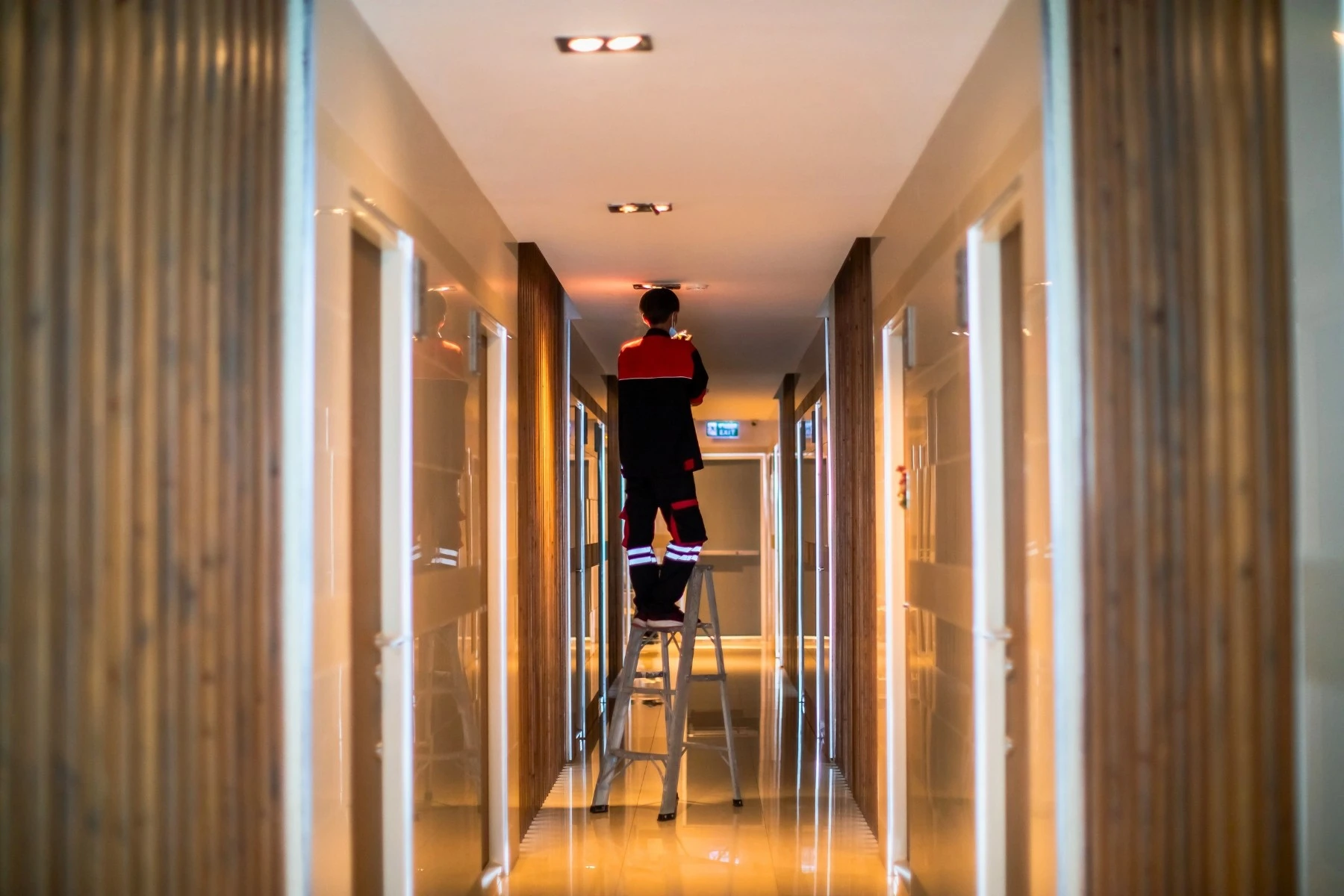
Smoke alarms are required in every residential building and must be installed on or near the ceiling of each storey.
They should be placed to wake sleeping occupants, usually between bedrooms and the rest of the house. For extra safety, the CFA and FRV recommend alarms in every bedroom and living area. Ceiling alarms should be at least 30cm from the wall, and wall-mounted alarms at least 30cm from the ceiling to avoid dead air space.
Installation rules
- Homes built after 1 August 1997 need alarms connected to 240V mains power with a backup battery.
- Homes built before 1 August 1997 can have battery-powered alarms.
- For best safety, use 10-year lithium battery alarms that last the life of the unit.
- Homes built or renovated after 1 May 2014 must have interconnected alarms, so when one sounds, all do. This can be either hard-wired by a licensed electrician, or wireless, powered by a 10-year battery, or easy to install yourself.
Smoke alarm requirements in Western Australia (WA)
In Western Australia, homes must have smoke alarms that are:
- In working order
- Permanently connected to the mains power supply
- Not more than 10 years old and have not reached their expiry date.
Installation
Avoid dead air spaces that can trap hot air and stop smoke from reaching the alarm. These usually occur at cathedral ceiling peaks, corners where walls meet ceilings, or between exposed joists.
Smoke alarms should be on or near the ceiling, at least 300mm from the wall. If ceiling installation isn’t possible, place them on the wall 300–500mm below the ceiling. For sloping ceilings, alarms should be 500–1500mm from the highest point.
Smoke alarm requirements in the Northern Territory (NT)
In the NT, all residential properties and movable dwellings, including caravans, must have approved smoke alarms.
Testing and maintenance
Approved smoke alarms
- Must be photoelectric.
- It can be hardwired by a licensed electrician or a sealed 10-year lithium battery unit that can be installed following the manufacturer’s instructions.
Quick smoke alarm check when moving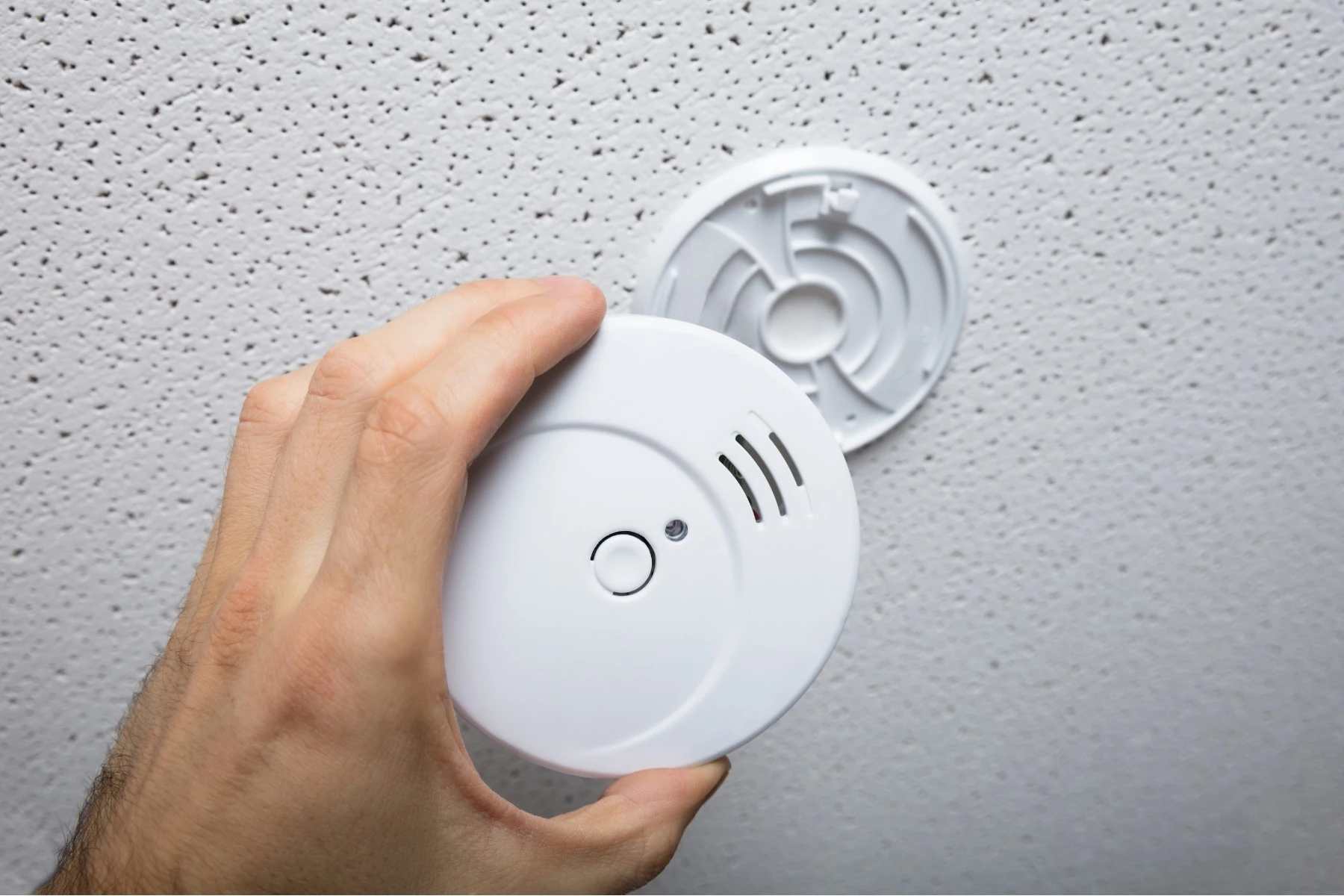
Test your alarms regularly
When moving house, it’s worth taking a few minutes to make sure the smoke alarms are working properly.
A quick way to test them is with a little spray of ‘fake’ smoke to see if the alarm triggers. You should also press the test button every six months to check the battery and the sound. Choosing alarms with 10-year lithium batteries makes life easier, as you won’t need to change them for a long time.
Keep an eye on batteries and sounds
Some newer alarms can be tested with a remote control, while others have a reachable button. Pay attention to the low-battery beeps and don’t ignore them. Always replace the battery.
Look for extra safety features
Many alarms also have little lights, called escape lights, to guide you out safely if the power fails.
Consider interconnected alarms
If you want extra safety, you can look into alarms that are interconnected and hardwired to your mains power. For these, it’s best to chat with an electrician or fire alarm specialist to make sure everything is set up correctly.
How much do smoke alarms cost?
You can buy alarms at most hardware stores or specialist fire equipment shops.
- Basic photoelectric alarms usually start around $18 to $30.
- Lithium battery or WiFi alarms with extra features like escape lights can cost $30 to $60 or more.
- Hardwired, interconnected alarms will be more expensive because they require professional installation.
Keep your move safe and your home protected
 Making sure your smoke alarms are compliant and working properly might feel like a small task, but it’s one of the most important things you can do when moving house. From checking batteries to confirming interconnection, a few minutes now can save lives later. To make the rest of your move just as smooth, follow our ultimate moving house checklist to stay organised every step of the way.
Making sure your smoke alarms are compliant and working properly might feel like a small task, but it’s one of the most important things you can do when moving house. From checking batteries to confirming interconnection, a few minutes now can save lives later. To make the rest of your move just as smooth, follow our ultimate moving house checklist to stay organised every step of the way.
And while you’re planning your move, Upmove is your go-to moving service provider to help you book the best moving teams in your area and across Australia, so your move is smooth and stress-free from start to finish.
What do our customers say?



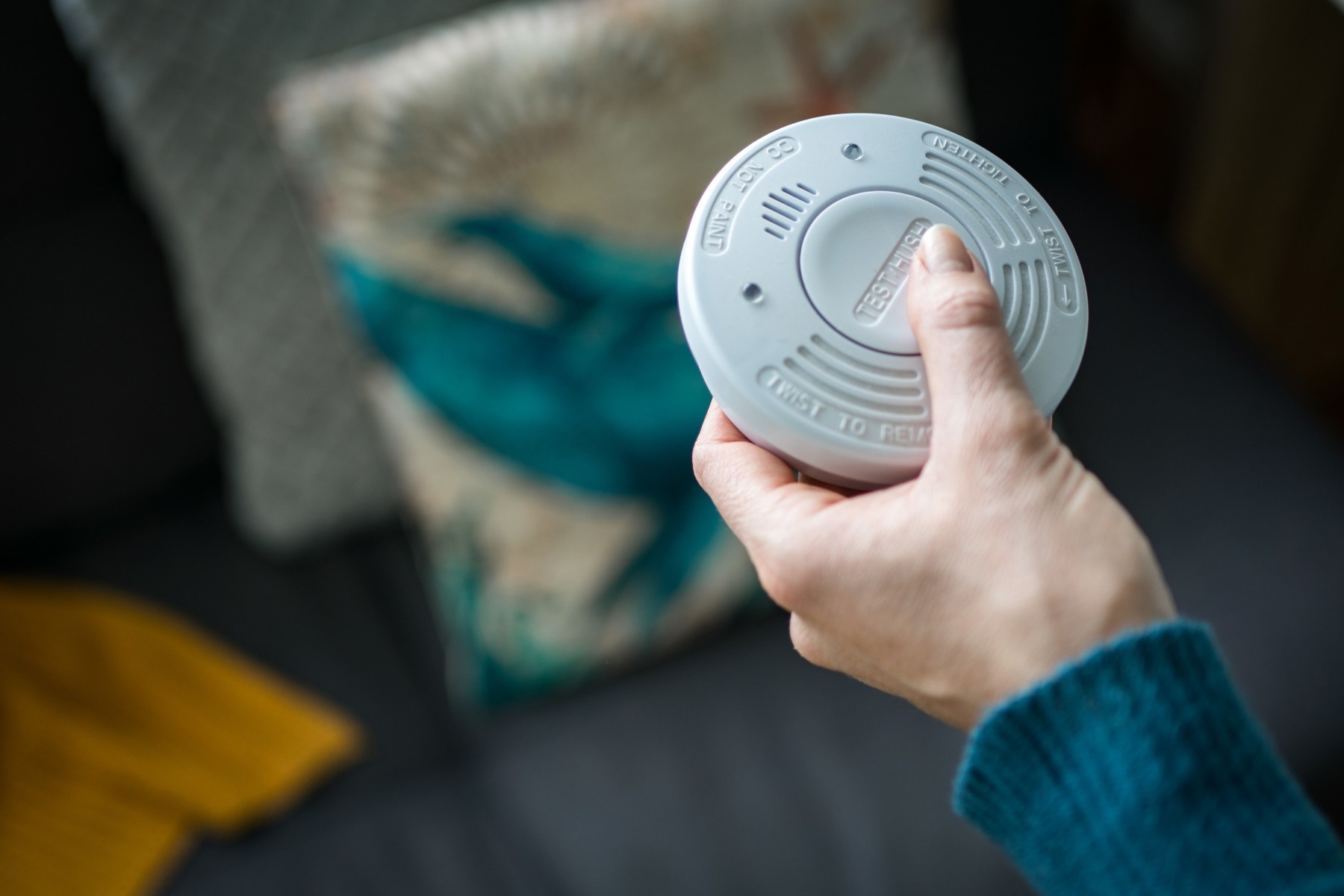
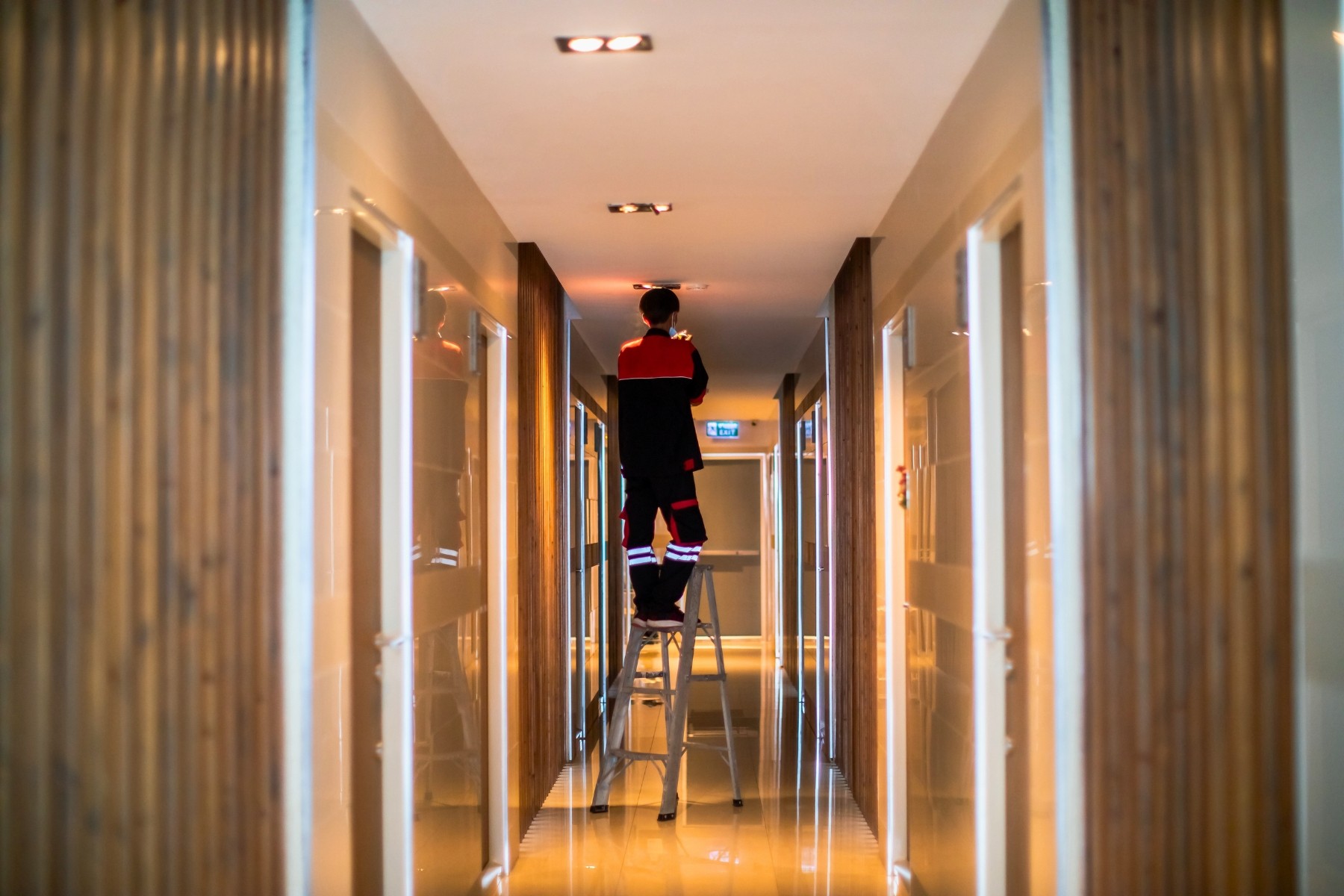
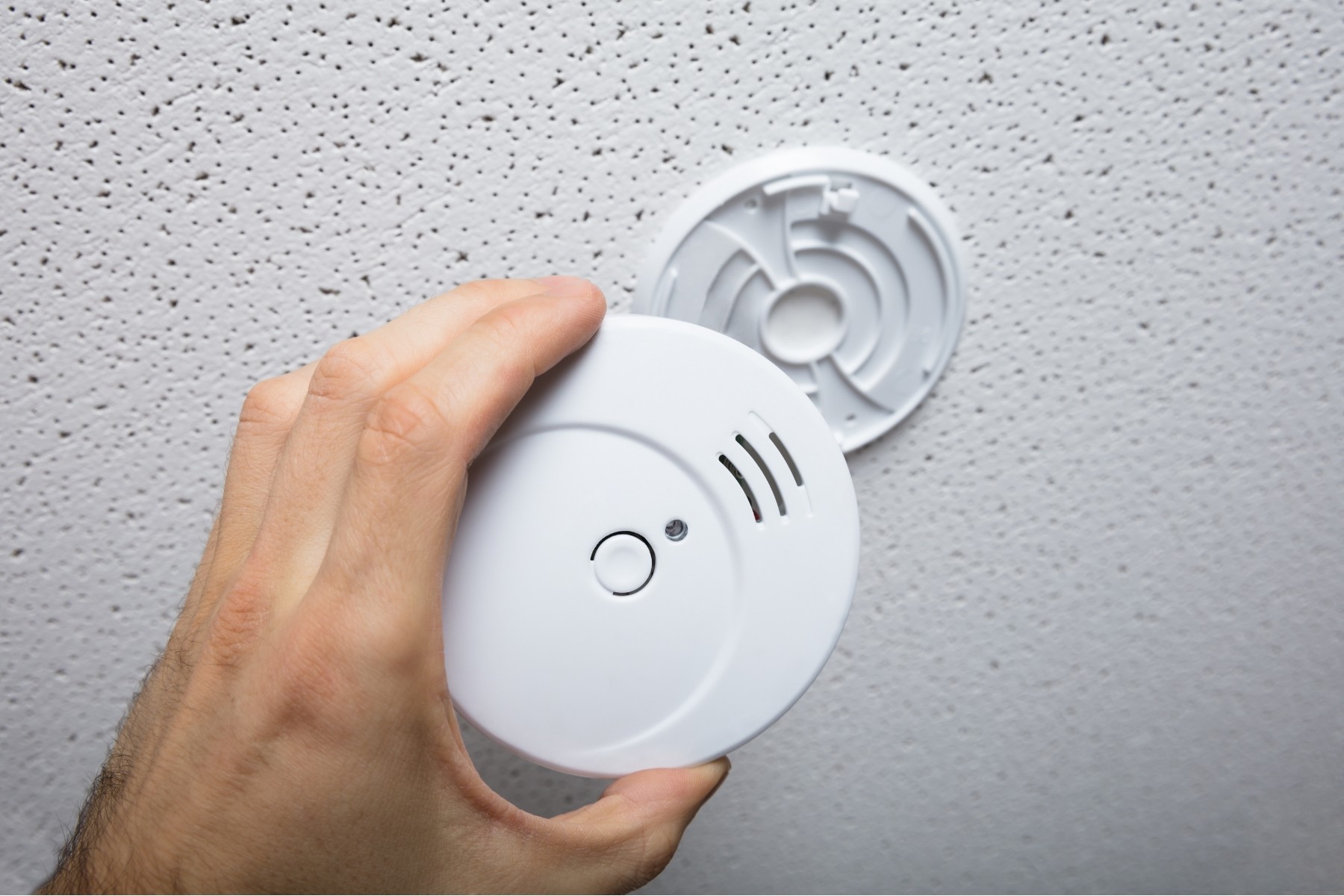
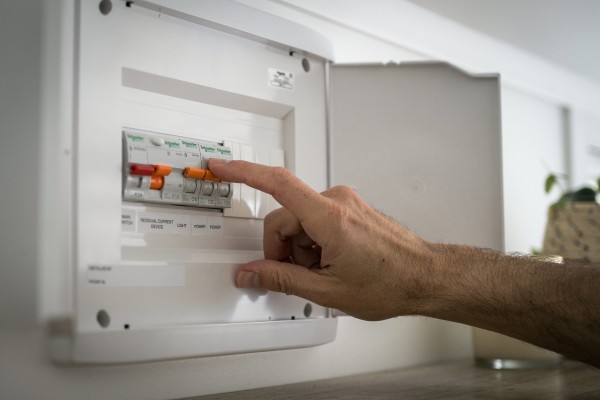
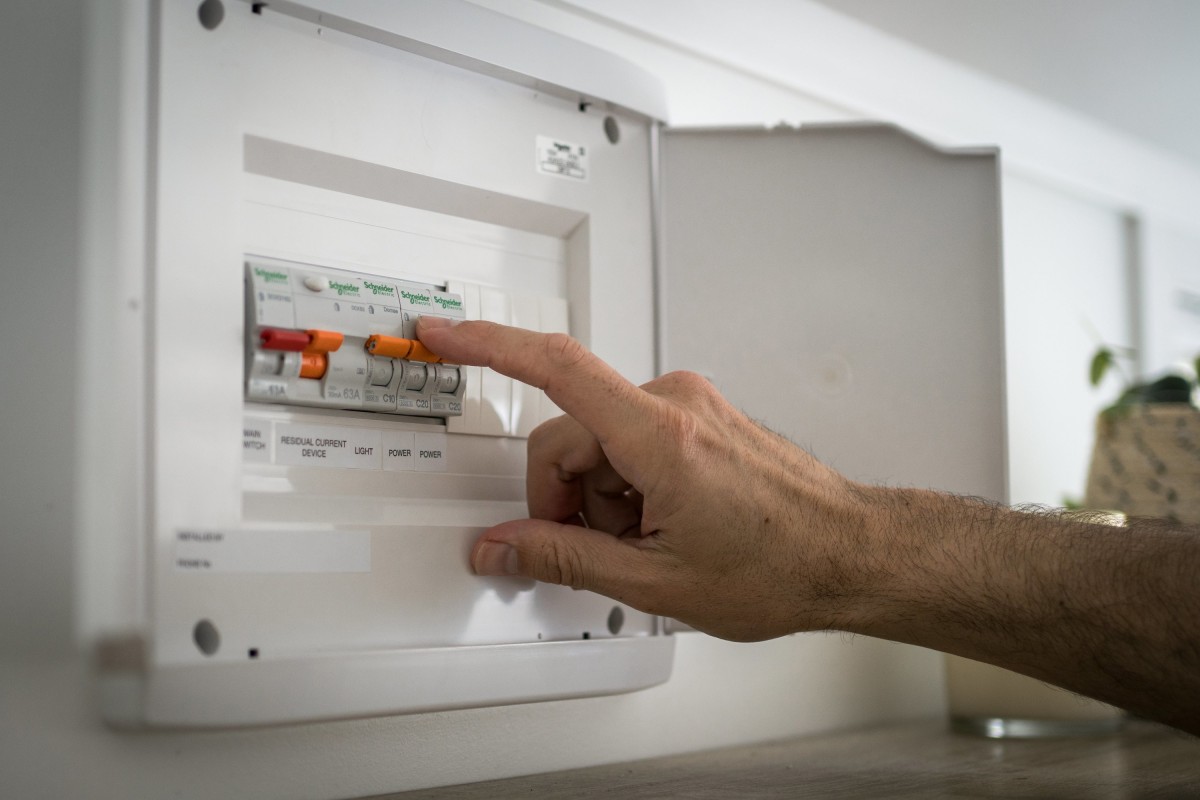
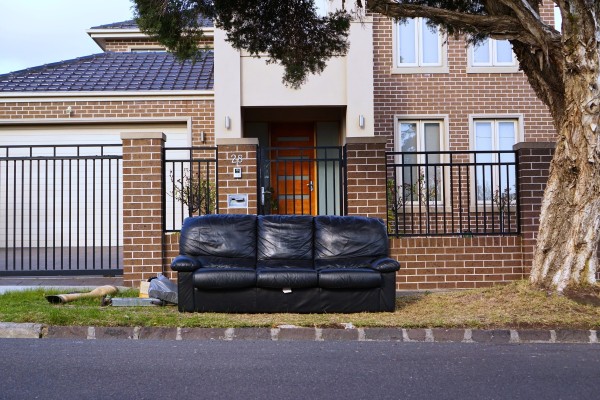
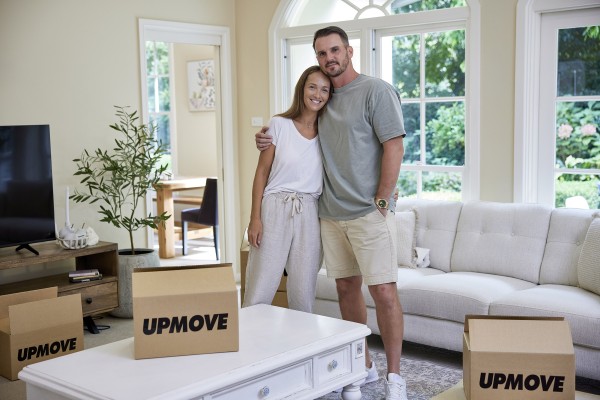

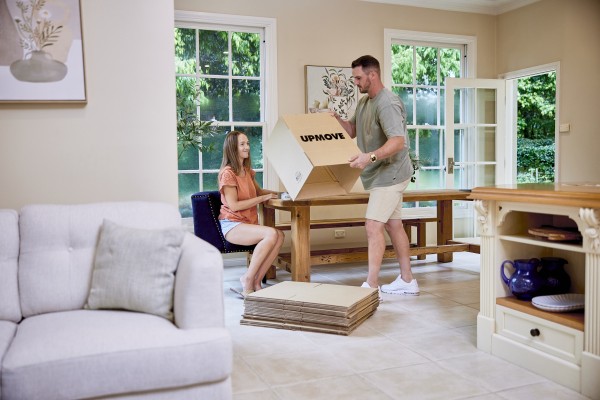

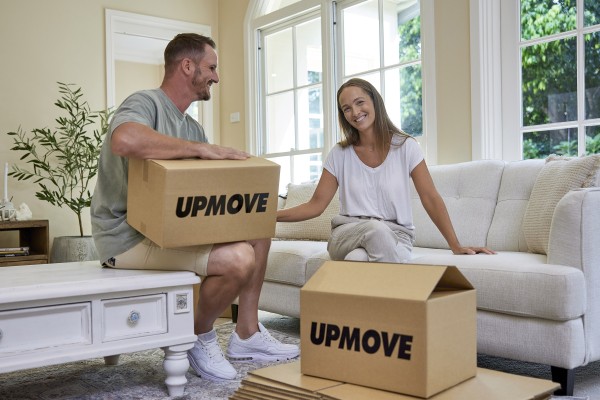

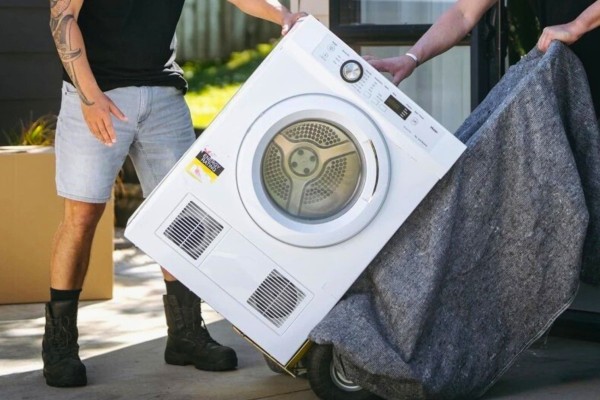

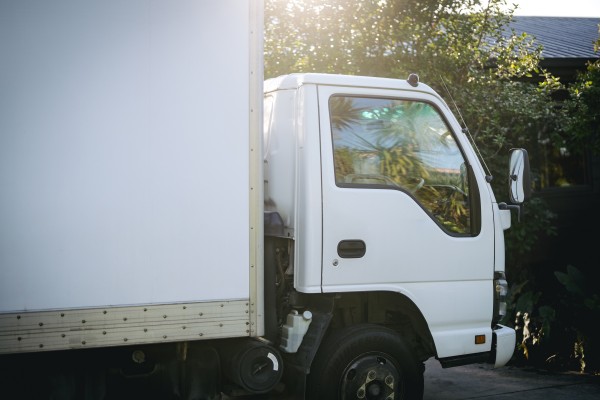

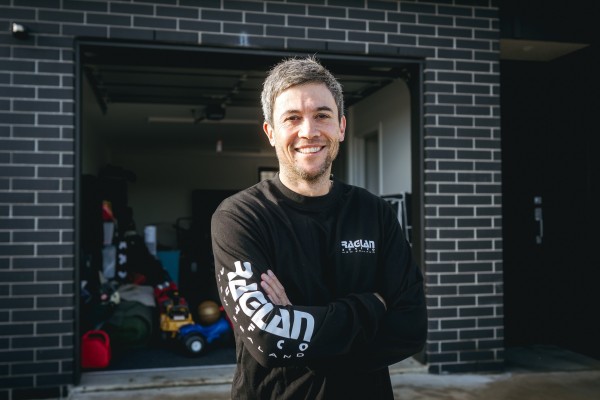

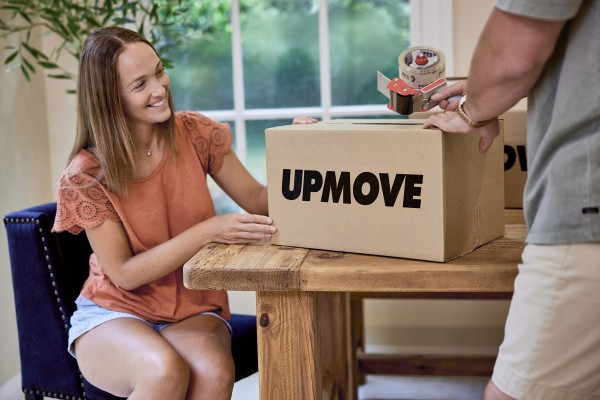
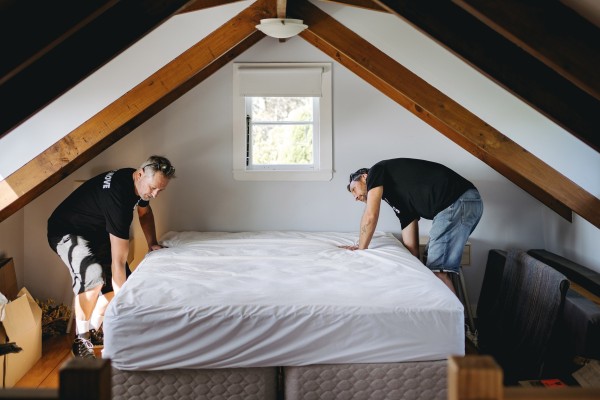
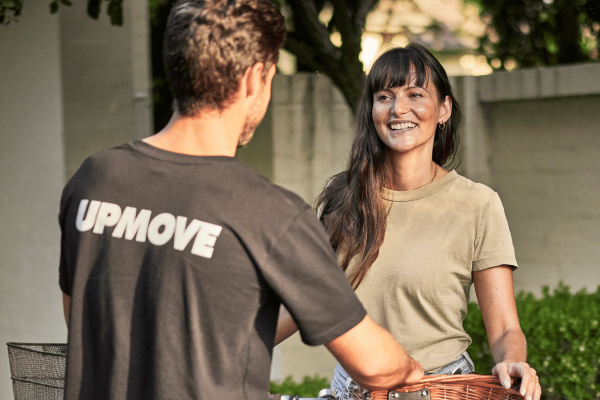
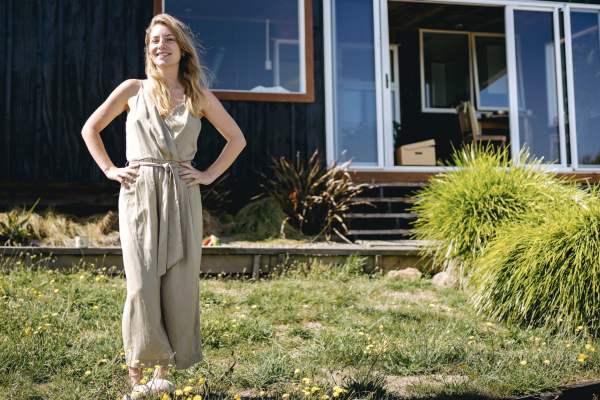

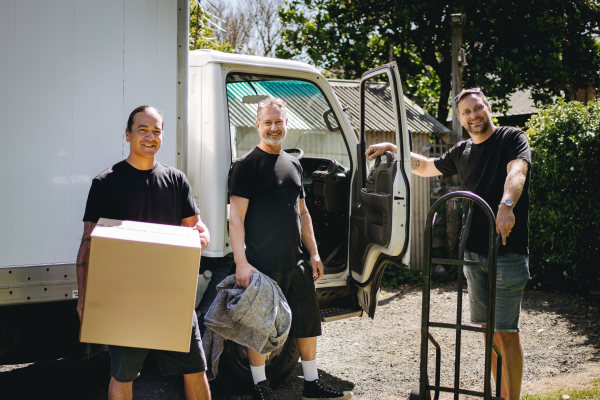
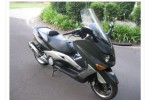
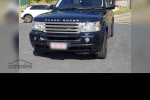
![Electric Bass Guitar Amplifier [90x70x35cm ; 50kgs], Electric Bass Gui... Electric Bass Guitar Amplifier [90x70x35cm ; 50kgs], Electric Bass Gui...](https://cdn.upmove.com.au/image/listing/3526991a6bdc56e645ac1b2a540b126e.jpeg)
